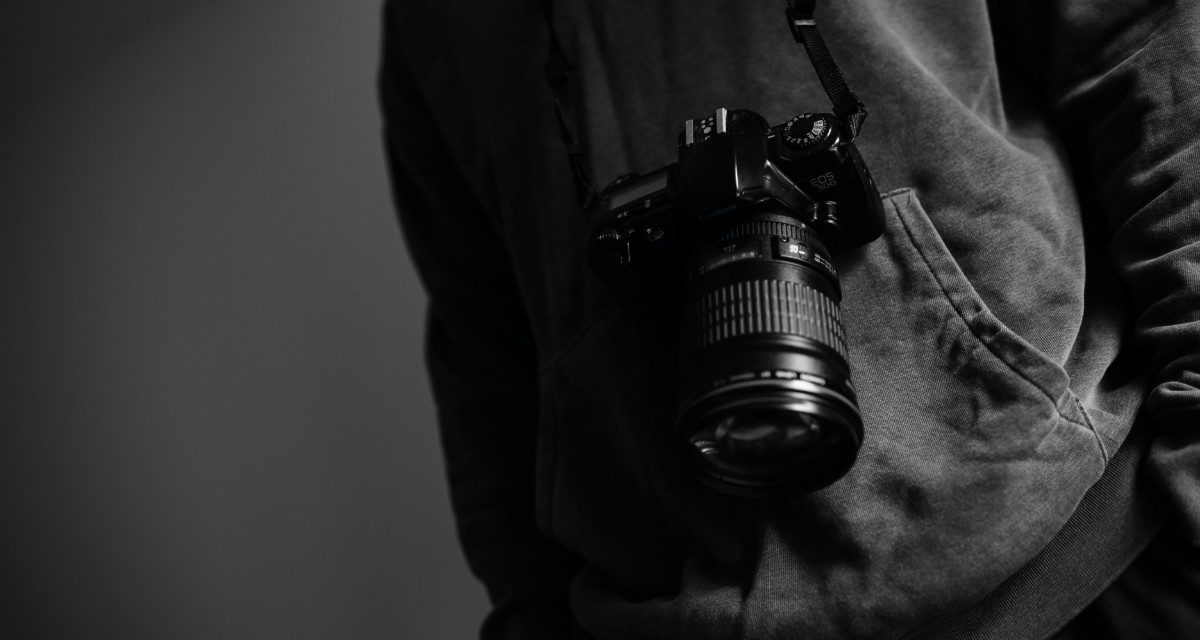[ad_1]
Pentax K1000 overview
The Pentax K1000 was introduced in 1976 and remained in production until 1997. An estimated three million (plus) units were sold. Production moved from Japan to Hong Kong in 1978, and then to China in 1990. To keep labour costs low, the Chinese cameras were made using a number of cheaper components. Chinese K1000s can be recognised by the absence of the “Asahi” name and logo on the pentaprism cover. The non-Asahi cameras are best avoided.
What you get with a K1000 is a completely manual camera with a micro-prism spot focusing aid. Exposure control is determined via a battery-powered integral light meter that employs an open aperture, centre-the-needle system. Shutter speeds range from 1 to 1/1000th seconds, along with Bulb and a flash X-sync at 1/60th second.
The K1000 accepts all manual focus lenses with the Pentax K bayonet mount (introduced in 1975), and K-A mount (introduced in 1983), and essential any subsequent K lenses with a separate aperture ring. In addition, there are a huge number of independently manufactured Pentax-compatible lenses available.
The following is a list of other manufacturers' manual 35mm SLR cameras with equivalent specifications, which are commonly available, and generally less expensive. In other words, these cameras are wholly manual, with open aperture metering, and a shutter speed range from 1 to 1/000th seconds. In many instances, the alternative cameras have additional features, and a higher specification. This list is not exhaustive.
Canon
The FTb has almost identical features but for partial metering (an area corresponding to 12% of the centre of the viewfinder). In addition is has a self-timer, and mirror lock-up. The FTb-N camera added a viewfinder shutter speed indicator. The lens mount is Canon's FD bayonet fitting.
Fujica
The ST705 and ST705w exceeded the specifications of the K1000, and benefit from a faster, more sensitive silicone photo-cell metering system, a brighter viewfinder with the addition of a slit-image rangefinder, a top speed of 1/1500th sec, self-timer and depth-of-field preview. It is also smaller and lighter.
The ST801 resembles the ST705/w but in addition features a top speed of 1/2000th sec, and viewfinder match LED type light metering information, rather than a needle pointer.
The lens mount is Fujica's variant on the M42 screw fitting, and requires auto-Fujinon lenses for open aperture metering.
Minolta
The SR-T101 (and it's SR successors) is similarly specified to the K1000, but has the additional benefit of matrix metering, which is briefly a system using two separate metering cells, situated at different parts of the pentaprism, and which measures the light falling on different parts of the viewfinder screen to provide a reading that takes into account the contrast in a scene. It also features a viewfinder displayed shutter speed, mirror lock-up, depth of field preview, and self-timer. The Lens mount is a Minolta “MC” (meter coupled) bayonet.
Pentax
The KM is the same as K1000 in all respects, except that it benefits from the additional features of a self-timer and depth-of-field preview.
The Spotmatic F was the predecessor to the KM, and is similar in all respects except the lens mount is an M42 screw fitting, requiring SMC Takumar lenses or other manufacturers' equivalents.
Praktica
Praktica produced a bewildering number of cameras with slightly different specifications, but I believe the closest counterpart to the K1000 was the LLC. Lenses use the M42 screw mount.
Yashica
The FX-2, FX-3/FX-7, and FX-3/FX-7 super all fit the K1000 profile, with the later models employing LED viewfinder displays in place of a match-needle. Like Fujicas, metering is via a faster and more sensitive silicone photo-cell. These cameras have a reputation for reliability. Their durable metal chassis with plastic outer shell makes them lighter and smaller than the K1000. The lens mount is a Contax/Yashica bayonet.
Other Yashica alternatives include the Contax cloned FR and FX-1, with their electronically controlled shutters, and viewfinder aperture and shutter speed displays; but these models are not very common.
Conclusions
The critical appeal of the K1000 lays not so much in the camera body, but its lens mount system and consequent easy lens availability. That is not to say that the cost/availability of other lens systems is problematic; they can just sometimes take a little more effort to find.
The open aperture metering employed by the K1000 is not an essential feature: it's just a nice to use. Stop-down metering cameras (I..e. the lens aperture needs to be closed while a light reading is made) are equally suitable for students, or any other users. Indeed, most of the alternative cameras listed above are also capable of stop-down metering.
When stop-down metering camera bodies are also considered as alternatives to the K1000, the list of suitable candidates becomes even larger. More than that, many stop-down metering cameras date to an earlier time when the use of common M42 screw mount lens fitting was widespread.
In terms of lens design, older lenses tend to heavier and less compact. The flip side is that newer lenses can be far less robust, due to their reliance on plastic components.
In conclusion, I'm not a big fan of the K1000 because it is so basic, and if I were looking for a camera that met the requirements of a study course, the K1000 would be pretty low down my list of possibilities. When relative costs are taken into account, I find it ridiculous that the K1000 can sell for twice the prices of its superior stable-mate, the KM.
[ad_2]
Source by John A Burton

